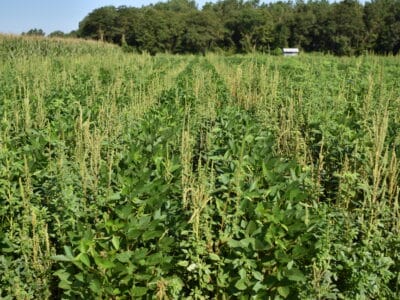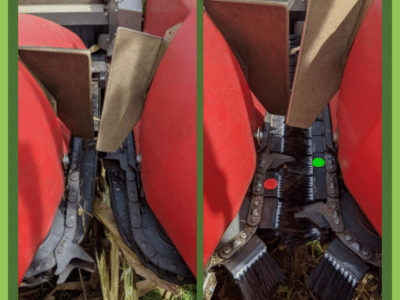The idea that increasing cover crop seeding rates will increase the cover crop’s biomass and weed suppressive benefits is a popular assumption. But what if I told you that might not always be true when planting green?
Our joint research project examined the weed suppressive benefits of a range of common cereal rye cover crop seeding rates, combined with planting green tactics, in the mid-Atlantic U.S. between 2018 and 2020. (Planting green is when growers wait to terminate their cover crop until at or after cash crop planting.) This was a collaborative project between Penn State master’s student, Teala Ficks, and Dr. John Wallace at Penn State University and Dr. Mark VanGessel at the University of Delaware.
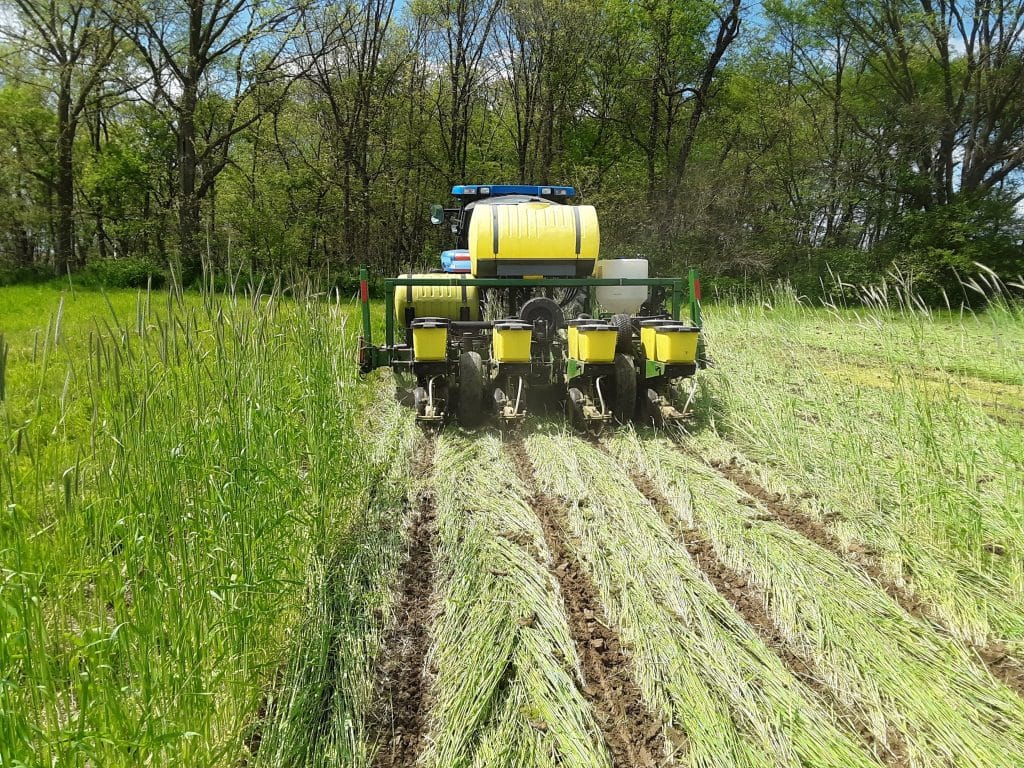
Early adopters of planting green tactics have found that lower seeding rates of winter cereals create better planting conditions – but previous research suggests that higher seeding rates can improve weed suppression. So do growers have to choose between the two benefits – good planting conditions or good weed suppression?
Our research suggests not!
Cover Crop Biomass Holds Steady Across Seeding Rates
We discovered that when a crop is planted green, cover crop biomass levels did not change significantly among the different cover crop seeding rates of 45 lbs/acre, 90 lbs/acre, and 120 lbs/acre.
In these research plots, cereal rye was in the heading stage when soybeans were planted and the cover crop was terminated. At that time, cereal rye biomass across all the treatments ranged from 1.6 tons/acre to 1.8 tons/acre when averaged across the Penn State sites and from 0.9 ton/acre to 1.07 tons/acre when averaged across the Delaware sites.
Why were we not seeing a cover crop biomass response? Similar research has suggested that growing degree days and soil nitrogen availability may be stronger drivers of cereal rye biomass production than seeding rates.
Weed Control Unaffected by Rye Seeding Rates
These findings suggest that planting green is providing weed suppressive benefits regardless of cover crop seeding rates.
Since cover crop biomass is key to weed suppression, we weren’t too surprised to see that winter annual weed biomass and winter annual weed density did not differ among the cover crop seeding rates either, excluding our no cover crop control. Among our Penn State sites, horseweed densities were reduced in the cover cropped treatments compared to the no cover crop control but did not differ among the cover crop seeding rates.
When we came back over a month later right before another herbicide application, we saw that summer annual weed densities maintained the same trend as winter annual weeds. Planting green was able to reduce summer annual weed densities by about 55% in the Pennsylvania sites and 47% in the Delaware sites.
These findings suggest that planting green is providing weed suppressive benefits regardless of cover crop seeding rates. When coupled with effective herbicides, planting green could help growers improve management of problematic weeds.
Some growers voice concerns over how cover crop residues might impact cash crop production. Our research confirmed that soybeans are resilient and a good choice in high cover crop residue situations, where light, space, and nitrogen resources can be limited. When we measured our summer annual weed densities at one month post-planting, we noticed that soybean biomass was smaller in the planting green treatments. But by harvest time, we saw no soybean yield differences across any treatment.
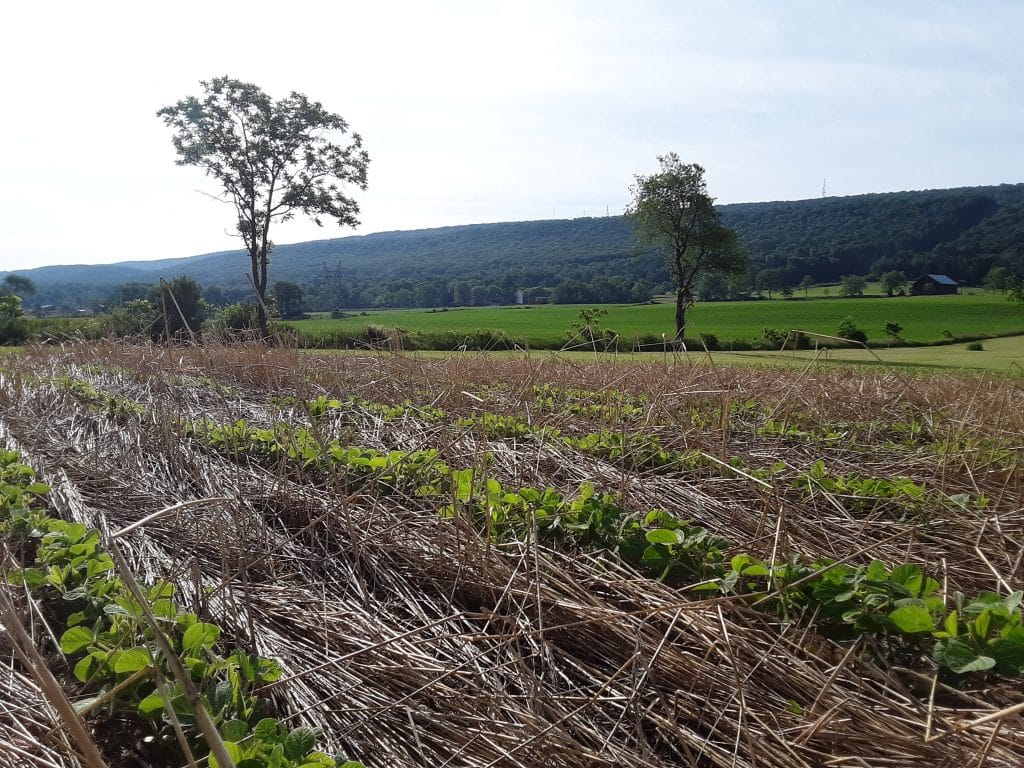
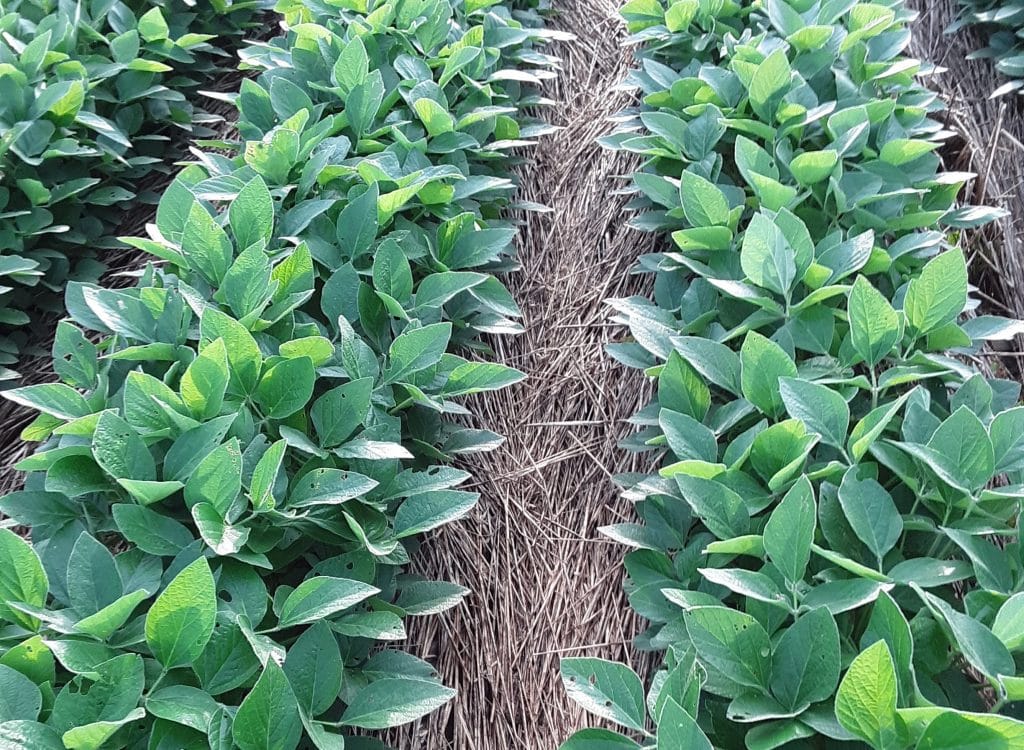
There are certainly challenges associated with high residue cover crop practices such as cash crop establishment and herbicide coverage. So thoughtful, adaptive agronomic decisions must be made to manage heavy residue for a successful season. Nevertheless, planting green may be an opportunity to still get high residue coverage to suppress weeds and cut seeding rate costs.
See the full study on cereal rye cover crop seeding rates from Penn State and the University of Delaware here.
See more from GROW on using cover crops for weed suppression here.
Text and photos by Teala Ficks.

